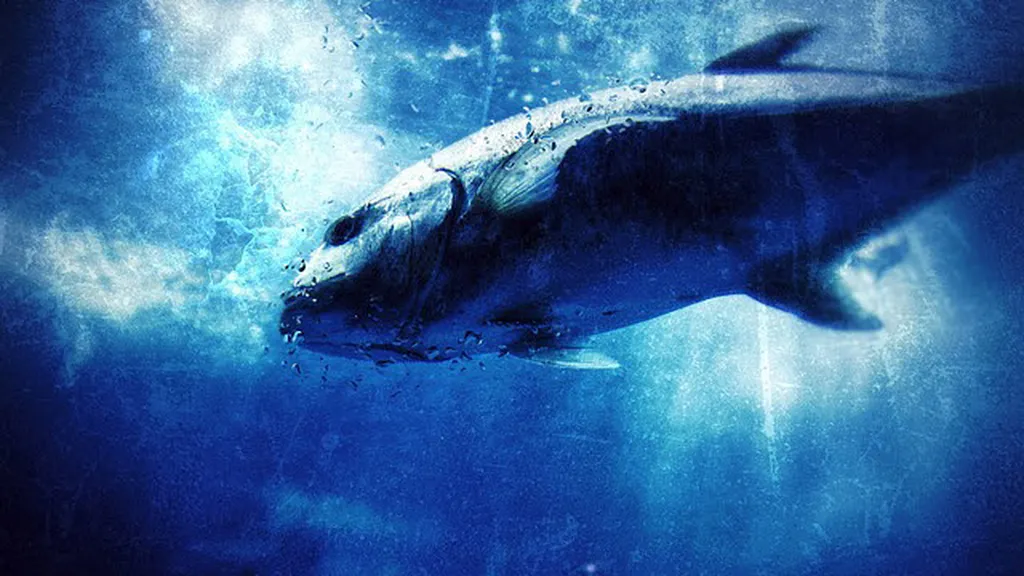Aquaculture is on the front lines of climate change, and the industry is fighting back with technology. As fish stocks dwindle and migrate, companies are racing to develop tools that protect both fish and farmers. From closed containment systems to AI-driven monitoring, innovation is reshaping how we farm the seas.
FiiZKFiiZK is one of those innovators. Their closed fish farming technology, the FiiZK Protectus, is a steel floating collar that supports a closed containment bag and net, creating two barriers to prevent fish escape. Water is collected from a depth of at least 25 meters and circulated through six inlets, with the full water volume of 30,000 cubic meters replaced every 72 minutes. This system ensures a clean, predator-free environment for juvenile salmon, reducing the risk of contamination and disease. The water is constantly monitored for temperature, salinity, and oxygen saturation, while a sludge handling system collects and removes waste.
But technology doesn’t stop at containment. Aquabyte is leveraging AI and machine learning to provide real-time data on fish health and behavior. Their camera-based monitoring system tracks everything from fish weight and growth to welfare indicators like skin health and fin damage. “Stress can be caused by poor oxygen levels, but also by intruder fish, algal blooms, or boats passing too close to the pen,” says Kristin Aase, insight manager at Aquabyte. “With our behavior monitoring, farmers get hourly updates on swim speed. Having clear insight into the fish’s stress level is crucial before making decisions about delousing, population splitting, or harvest timing.”
Aquabyte’s technology also automatically counts sea lice, enabling farmers to take preemptive measures and reduce the impact of lice treatments. Their newest modules on short-term planning and feeding are currently in development and beta-testing.
FP AQUA is taking a different approach, focusing on underwater monitoring technologies that provide real-time insight into biological risks. Their underwater microscope, equipped with AI-driven analytics, detects jellyfish and phytoplankton before they can harm farmed fish. “Designing a microscope for depths of up to 200 meters meant tackling saltwater corrosion, pressure, and biofouling,” explains Knud Poulsen, FP AQUA’s technical lead. “We solved this with marine-grade aluminum housing, quartz glass windows, and integrated UV-C illumination, a germicidal wavelength that stops microorganisms from attaching to the glass.”
Beyond farm management, FP AQUA’s technology could contribute to broader monitoring of Norway’s coastal waters, providing continuous documentation of events like sea lice escapes and generating long-term datasets on phytoplankton dynamics and biodiversity.
Ace Aquatec is another key player, focusing on welfare-first products. Their A-BIOMASS underwater AI camera provides real-time insights into fish biomass measurements and distribution in a pen, as well as individual fish status and performance. This data helps optimize feed conversion, grading regimes, and growth rates, while also monitoring fish welfare and preventing mortalities.
Ace Aquatec’s Humane Stunner Universal (A-HSU) delivers a rapid, humane, and stress-free method of fish stunning, ensuring compliance with the highest welfare standards. The system is compatible with a wide range of species and can be installed in processing facilities, RAS farms, and even on vessels or rafts for dead haul.
These technologies are not just about efficiency—they’re about resilience. As climate change disrupts marine ecosystems, aquaculture must adapt. Closed containment systems protect fish from predators and disease, while AI-driven monitoring ensures their health and welfare. Underwater microscopes detect threats before they cause damage, and humane stunning systems reduce stress and improve fish quality.
The future of aquaculture lies in these innovations. By embracing technology, the industry can combat the challenges posed by climate change, ensuring sustainable and efficient fish farming for years to come. The stakes are high, but so are the rewards—for farmers, for fish, and for the billions of people who rely on seafood as a vital source of nutrition.

